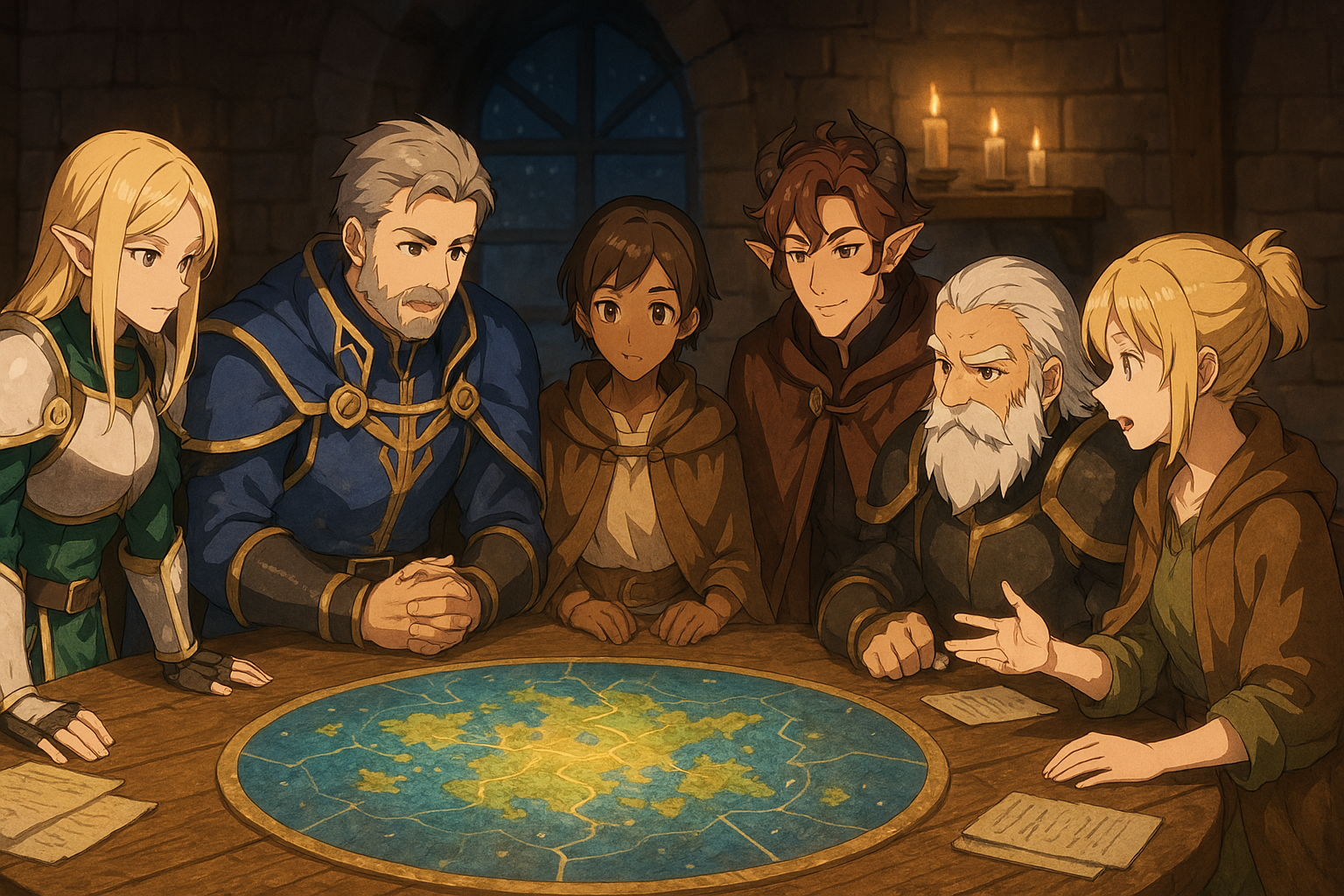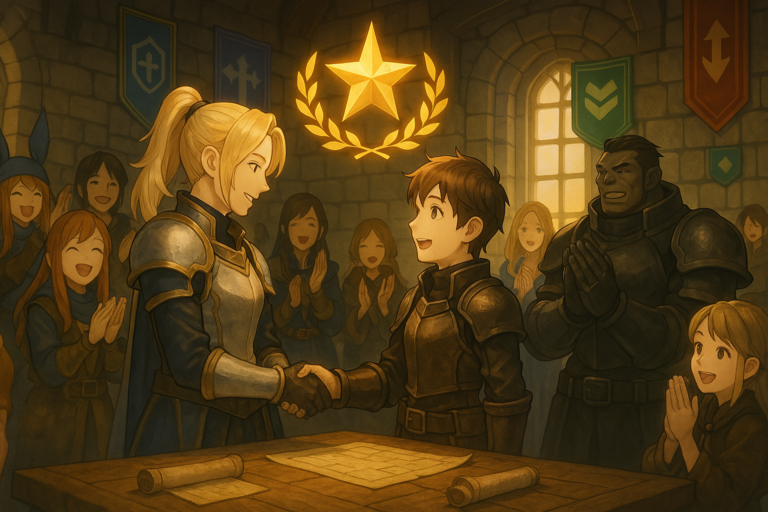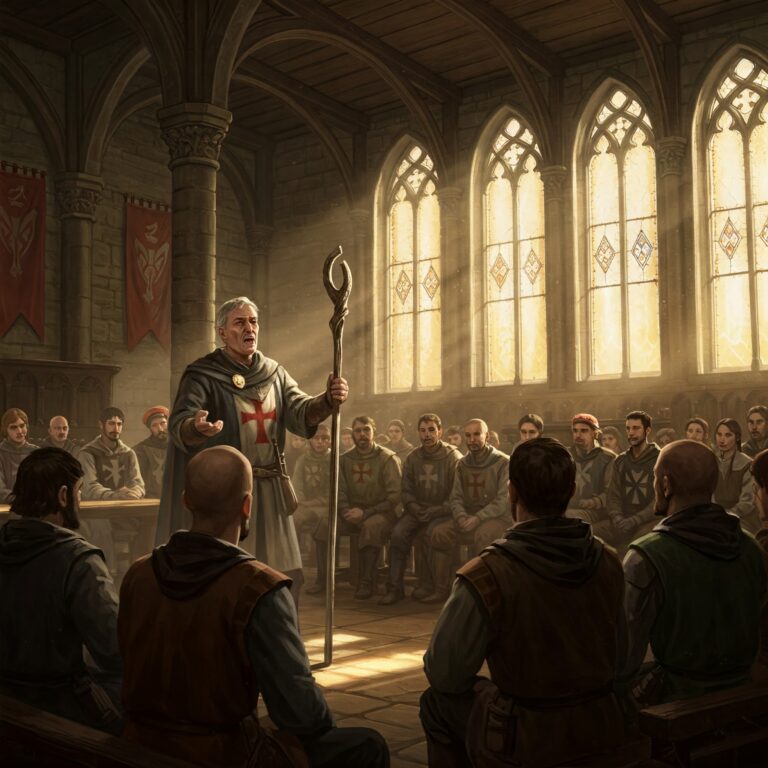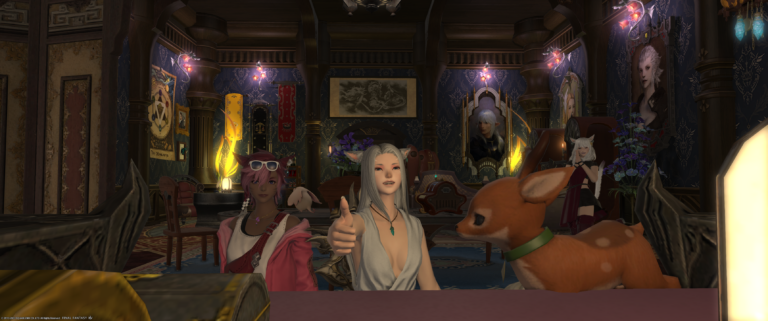Introduction
A strong guild doesn’t succeed on one leader alone. Behind every thriving MMO guild is a team of officers working behind the scenes to recruit members, plan events, resolve disputes, and support the community. But while every guild knows they need officers, few take the time to define officer roles clearly—and that’s where many fall apart.
In this guide, we’ll explain the most common (and underrated) officer roles, how to structure them for different guild types, and the biggest mistakes to avoid when building your leadership team.
Why Officer Roles Matter in Guilds
When officer responsibilities are unclear, several problems start to emerge:
- Members don’t know who to go to with questions or problems.
- Officers feel overwhelmed or burned out.
- Leadership gets cliquey or distant.
- The guild leader does everything—until they quit.
Defining clear officer roles prevents burnout, distributes work fairly, and builds a culture of shared responsibility.
Don’t Build Your Officer Team Around Permissions Alone
Some guilds structure their officer roles entirely around in-game or Discord permissions—granting titles like “Officer” or “Co-Leader” simply because someone needs access to guild bank tabs, invite privileges, or channel moderation tools. While this might seem practical, it’s a backwards approach that treats authority as a function of power rather than responsibility. Officer roles should be built around the actual needs of the community—onboarding, event planning, conflict resolution—not just technical access. Permissions should follow purpose, not define it. A guild that assigns roles purely to meet security needs often ends up with disengaged officers who don’t contribute beyond their button access, while more active, community-minded members are left without the structure to lead.
Core Guild Officer Roles
Here are the most common officer roles in successful guilds, along with what they typically handle:
1. Recruitment Officer
- Posts recruitment ads in forums, Discords, and social platforms.
- Screens applicants for fit and eligibility.
- Coordinates trial periods and initiations.
- Often works closely with onboarding.
Recruitment is the lifeblood of long-term stability.
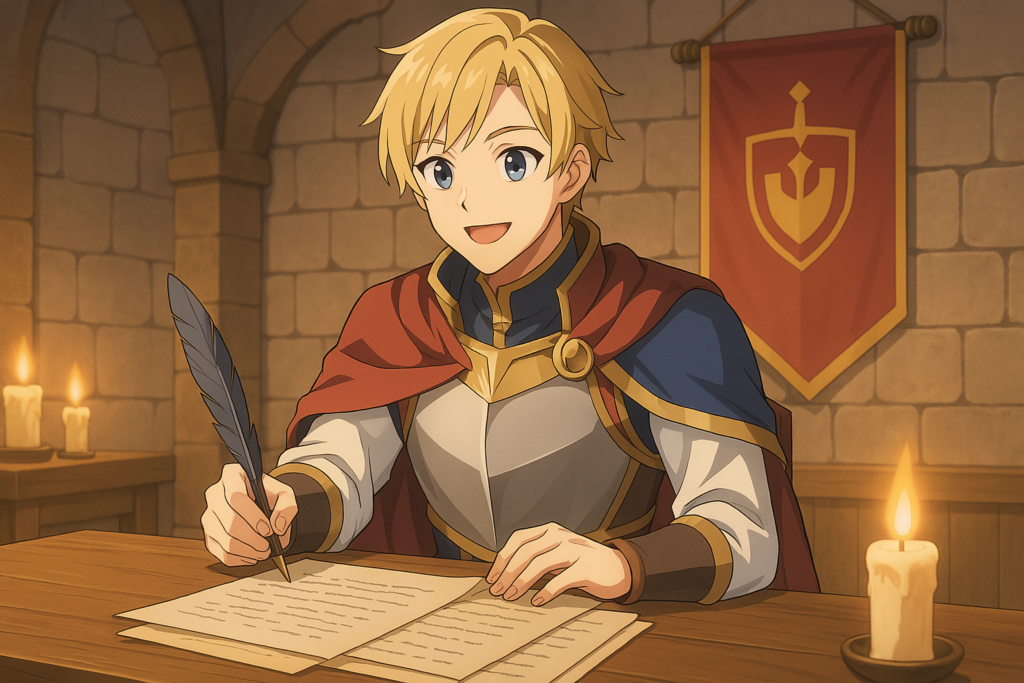
2. Onboarding or Welcome Officer
- Greets new members and helps them integrate.
- Answers early questions about rules, events, or roles.
- Acts as the first point of contact to prevent new-member drop-off.
An underrated and often missing position blended in with the Recruitment Officer. One of the most crucial roles, especially in guilds where the main leader can’t do all the hand-holding. By separating Recruitment and Onboarding, one person can look outward while the other focuses on internal dynamics.
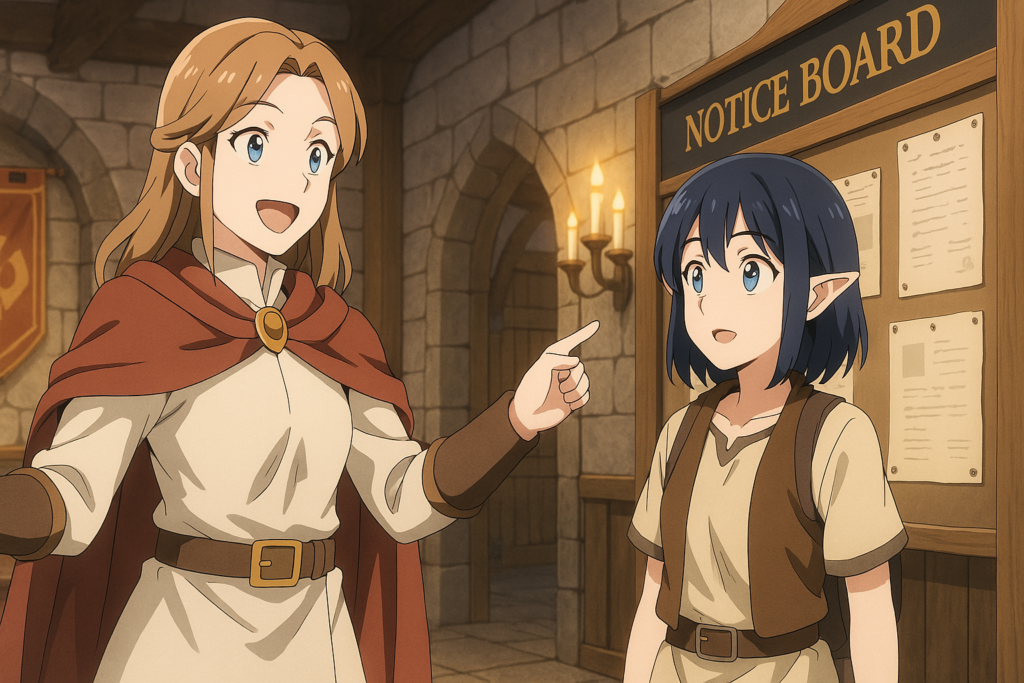
3. Event Coordinator
- Plans and hosts regular PvE, PvP, or social events.
- Creates event calendars and announcements.
- Gathers feedback to improve participation.
In RP or social guilds, you might have several event hosts for different activities. This role may split into different positions depending on the amount of content available in the game.
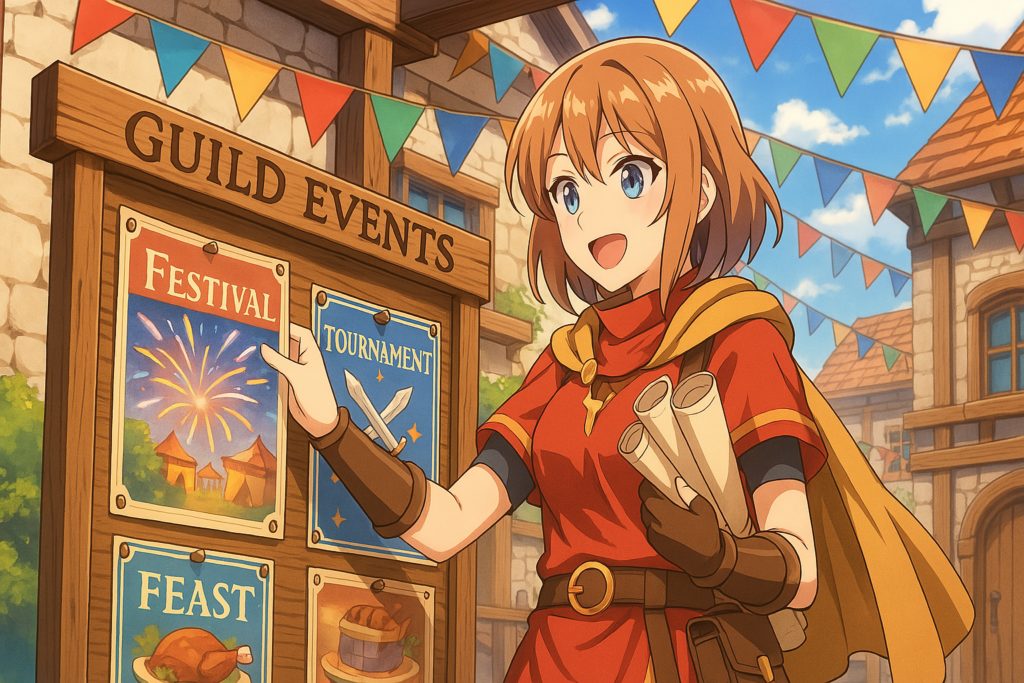
4. Conflict Mediator or Community Support
- Handles interpersonal issues between members.
- Works with leadership to uphold the guild’s code of conduct.
- Facilitates safe reporting systems for disputes.
Not every guild has one, but they’re invaluable in guilds with lots of personalities. Someone with a deep understanding of member motivations and dynamics would do well in this position.
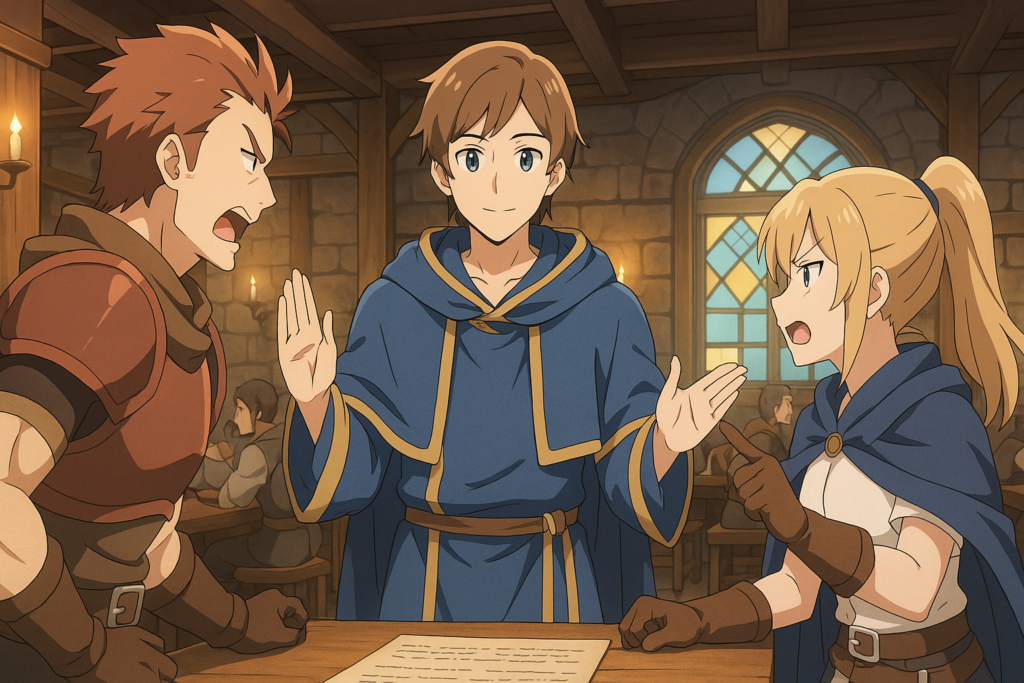
5. Roleplay/Training Officer (RP Guilds)
- Oversees in-character interactions, lore consistency, or themed events.
- Trains new “staff” or characters in RP-heavy guilds (e.g., fantasy taverns, mercenary companies).
This position is more for RP guilds. Some guilds have officer equivalents of HR or team leads depending on the structure.
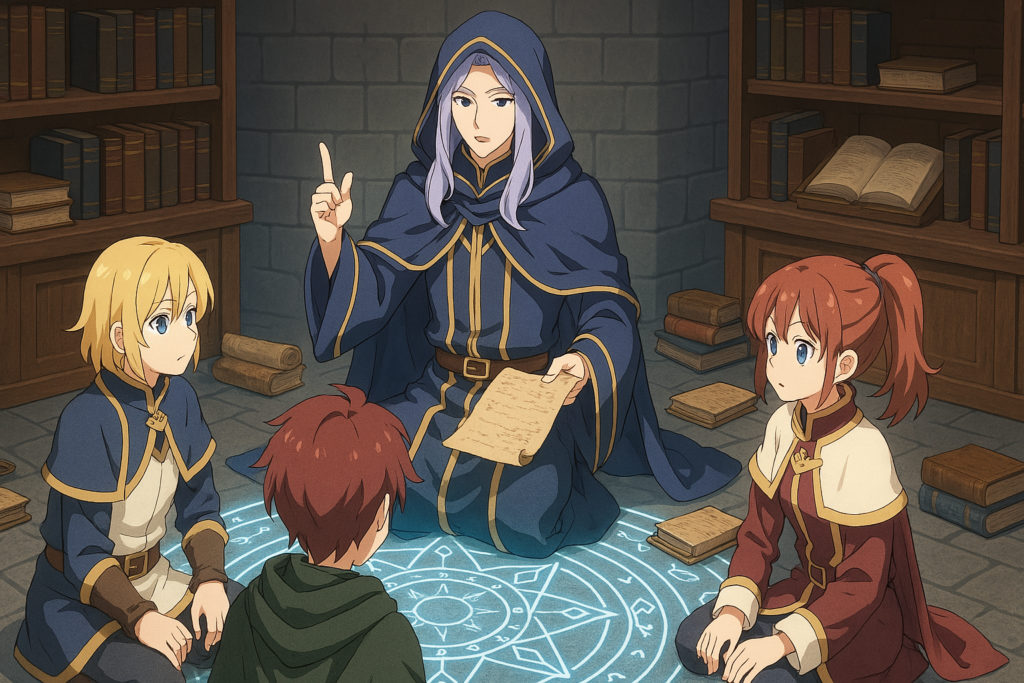
6. Technical or Site Admin
- Manages guild websites, Discord bots, or scheduling tools.
- Maintains infrastructure like forums or loot sheets.
Not a flashy role, but critical for large, organized guilds. Someone in this role may also coordinate digital workflows for other officers.
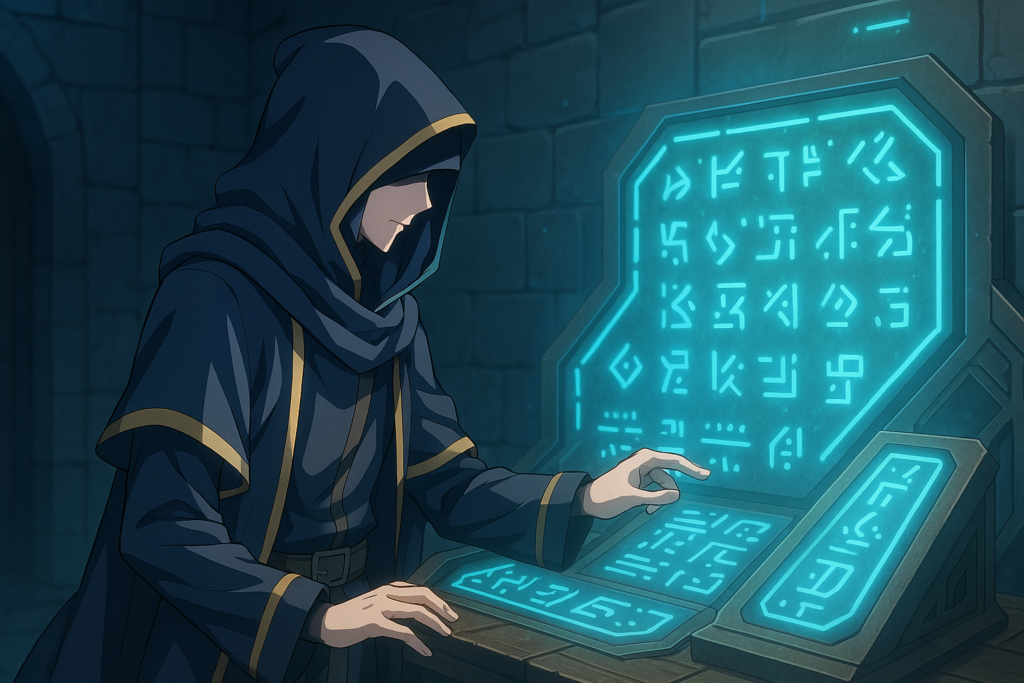
7. Retention or Morale Officer
- Tracks inactive or quiet members and checks in with them.
- Helps celebrate member milestones (anniversaries, birthdays, accomplishments).
- Supports emotional wellness and long-term engagement.
“We had a player who was quietly fading out. A morale officer checked in, learned they felt unnoticed, and organized a spontaneous ‘you matter’ day. That player ended up becoming one of our core raid leads.”
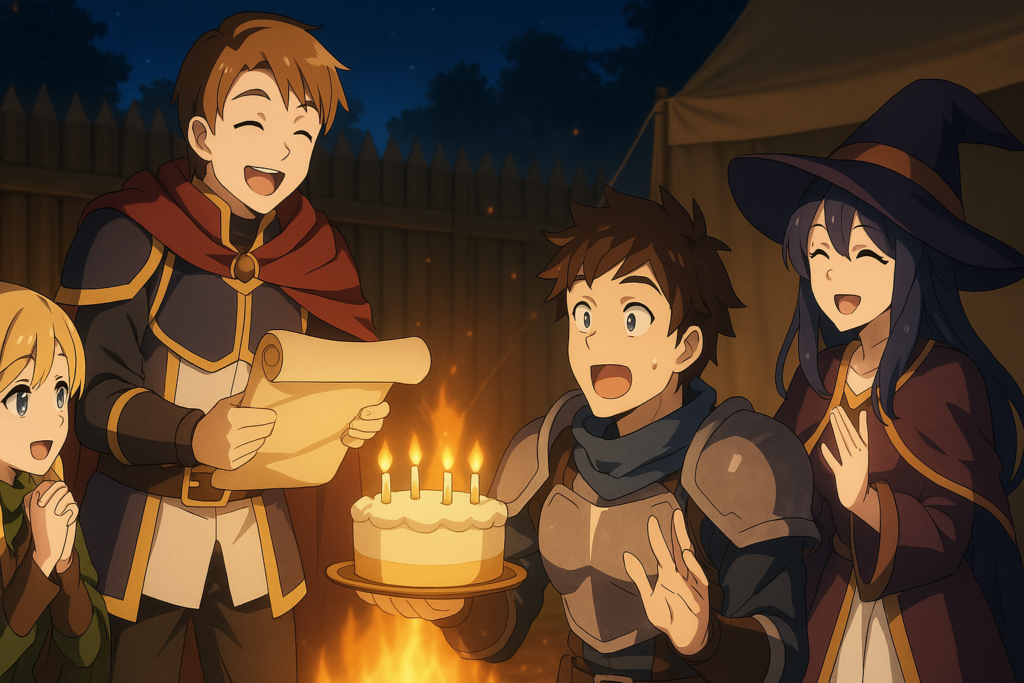
8. Mentorship/Progression Officer
- Pairs new or underperforming players with experienced mentors.
- Provides build advice, performance feedback, or training runs.
- Helps smooth the gear or knowledge gap between old and new members.
“Our guild’s parse scores improved dramatically once we started pairing new players with mentors who gave feedback in DMs instead of public shaming.”

9. Creative or Content Officer
- Handles social media posts, in-game screenshots, newsletters, or story recaps.
- Maintains the guild’s outward identity and internal culture.
“We had a ‘guild scribe’ who turned our dungeon runs into hilarious weekly lore posts. Members stayed just to see how they’d be written into the next one.”
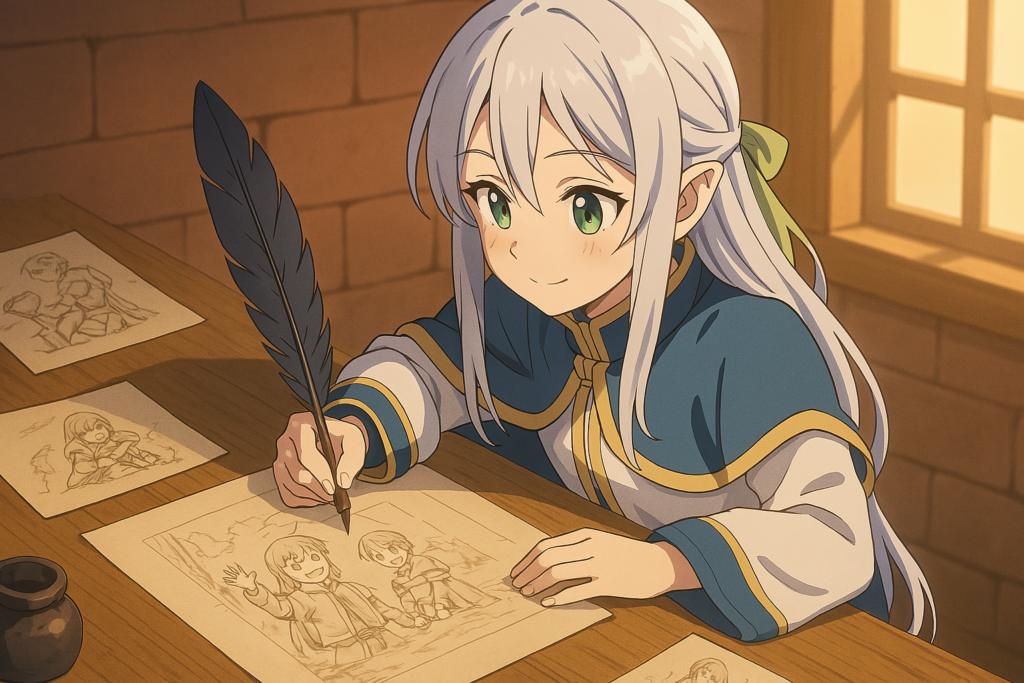
Use Committees to Empower Without Diluting Leadership
One effective structure some guilds adopt is the committee system: special groups for events, content, or culture that include both officers and trusted members. These:
- Allow core leadership to retain authority and cohesion.
- Give newer or non-officer members titles and responsibility.
- Help members feel like they belong to something greater than just a roster.
“We created an Events Committee with three non-officer players and gave them the title ‘Event Planners.’ Not only did it free up our officers, but those members became more invested in guild life—and proud of their contribution.”
Use this system to reward active members with meaningful participation, without crowding the officer tier.
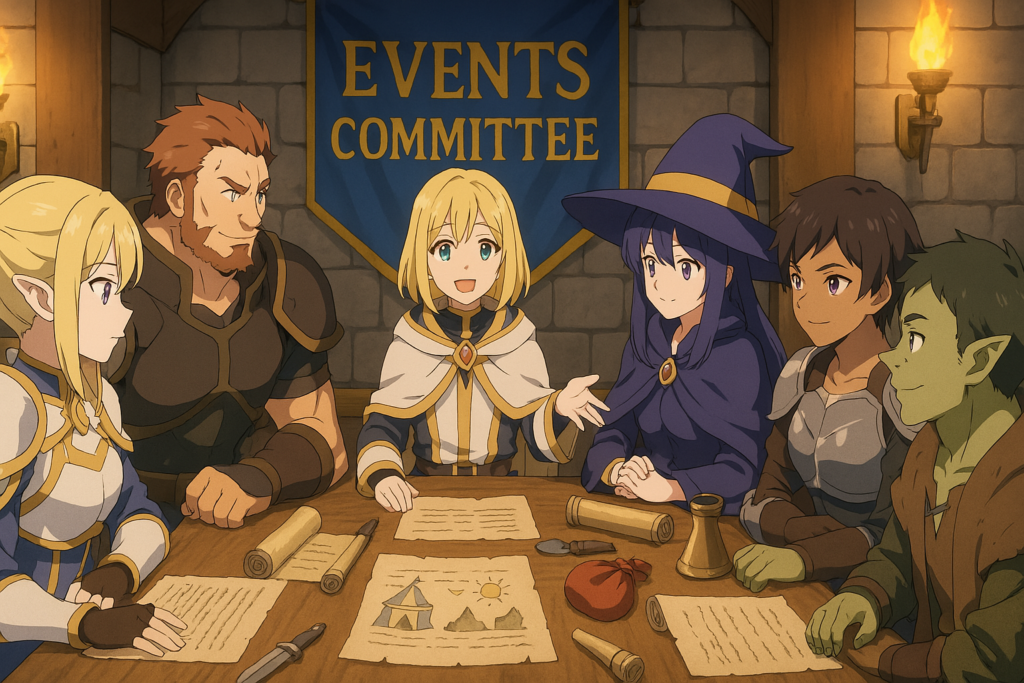
Common Officer Scenarios (With Solutions)
Real-life examples bring these roles to life. Here are some common officer scenarios with breakdowns of what went wrong—and what worked.
Scenario 1: The Disappearing Recruit
A new member joins your guild, expresses excitement in the welcome channel, and… is never seen again.
What went wrong: No onboarding officer followed up, and the new member had no point of contact.
What works: A welcome officer DMs them the same day, tags them in the next event, and introduces them in voice chat. They become a regular by week two.
Scenario 2: Burned-Out Solo Officer
The event coordinator is organizing four raids, handling Discord posts, and dealing with scheduling. One day, they log off… and don’t return.
What went wrong: Too many siloed duties, with no backup or team support.
What works: Introduce a two-person event committee with rotating roles. One focuses on PvE, the other on socials. Each gets a break.
Scenario 3: Leadership Void After a Quiet Quit
The guild leader stops logging in but doesn’t announce stepping down. Officers don’t want to overstep, and members are left in limbo.
What went wrong: No succession plan, no transparency, and unclear officer authority.
What works: A hybrid model of leadership where senior officers can trigger a transition vote or temporary council. Add this to your guild rules in advance.
Customizing Roles for Different Guild Types
Different guild styles require different officer priorities. Here’s how you might adjust roles depending on your focus:
Casual Social Guild
- High Priority: Onboarding, Morale, Event Host, Creative
- Low Priority: Mentorship, Raid Coordination
Progression PvE/PvP Guild
- High Priority: Recruitment, Mentorship, Scheduling Admins, Raid Leader (could be split from officers)
- Medium Priority: Conflict Mediator (for loot drama), Creative
RP Tavern or Mercenary Guild
- High Priority: RP Trainers, Lore Officers, Event Hosts
- Bonus: Barkeep/Host/Front-of-House roles, even if symbolic
- Low Priority: Raid/Progression Coordinator

Quick Guild Officer Audit Checklist
Ask yourself these six questions to evaluate if your guild’s officer structure is healthy:
Quick Guild Officer Audit: 6 Yes-or-No Questions
- Do your officers have clearly defined titles and responsibilities?
- Is it clear whether roles are solo, shared, or team-based—and why?
- Can members easily identify which officer to approach for each need?
- Are officer permissions assigned based on their responsibilities—not just convenience or tradition? (e.g., Does your Event Coordinator have calendar/edit rights, but not bank access they don’t need?)
- Has anyone quietly stopped contributing due to overload or lack of direction?
- If the guild leader left today, would your structure survive it?
If you answer “no” to more than two, it’s time for a restructuring conversation.

Final Thoughts
Well-defined officer roles are the backbone of a successful guild. They prevent burnout, distribute responsibilities, and create a strong support system that benefits every member—including the guild leader.
Even if your guild is small, starting with clear officer expectations builds habits that scale. As your community grows, you’ll be ready to delegate, adapt, and thrive.
📥 Want a printable version of the checklist or a customizable officer role matrix? Let us know in Discord!
📢 We would love to hear your thoughts on officer roles. Join the conversation on our Discord.

